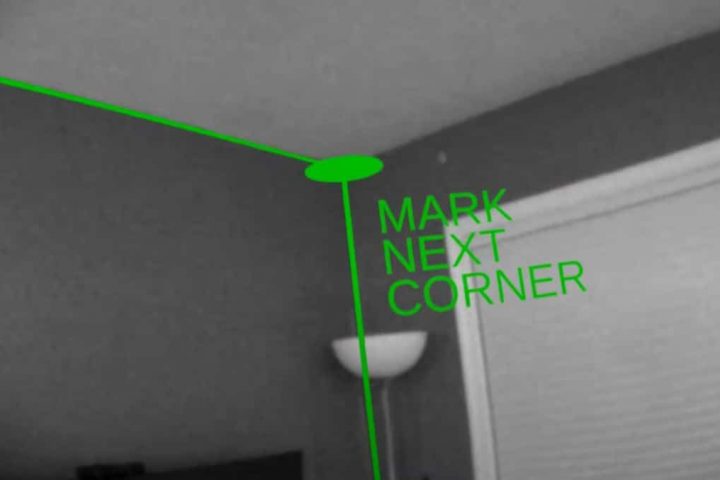
In preparation for the upcoming holiday season, HTC announced a permanent price reduction for its Vive virtual reality headset. Starting today, it will drop from $800 to $600.
The announcement comes a month or so after Facebook slashed the prices for the Oculus Rift headset and Oculus Touch controllers, bundling them for $400. HTC says its move isn’t in response to Facebook, but rather to try to get more consumers interested in what’s still fairly new tech. Though VR hardware could generate $3.6 billion this year, consumer adoption has been slower than initially projected. Early trailblazers like AltspaceVR have shuttered and VR startups are treading water. HTC Vive executive Dan O’Brien says that lowering the price point is just one component to bringing VR to a broader audience.
“We really strongly believe this is going to increase consumer adoption, create a healthier market for content creators and developers, and create a nice base for our accessory partners and solution partners to also come in and do more things with us over the next year,” said O’Brien in a phone call with GamesBeat.
In addition to price point, O’Brien says that content is extremely important. HTC’s approach to tempting in new consumers is to offer a free month of its Viveport subscription service. Viveport subscribers choose five titles every month from a library of 250 apps and games such as Google’s Tilt Brush, Richie’s Plank Experience, and Everest VR. O’Brien also calls out blockbuster titles that are set to launch later this year.
“This year in Q4, we’re seeing for the first time true triple-A caliber content coming to market, with the introduction of Fallout VR and Doom VFR,” said O’Brien, “so now we’re going to see those big IPs long-playing sessions get in, and I think that’s going to make a big difference as well.”
Vive is known for its room-scale capabilities, which enable players to move around a virtual space, as well as peripherals like the Vive Tracker, which can turn items into VR peripherals. While developers have had access to the Tracker since March 2017, a consumer version is set to hit shelves later this year. By lowering the price of the head set, HTC is hoping that consumers will be more likely to drop some cash on peripherals like the Tracker or its Vive Deluxe Audio Strap, which are headphones that snap onto the Vive.
Stephanie Llamas, vice president of research and strategy at industry analyst SuperData Research, says that the price drop might not be enough to encourage new consumers to flock to the Vive — at least not on a mass scale.
“It’s still an expensive device that requires high-end hardware, so the audience isn’t going to change too much,” Llamas said in an email. “The consumers buying a Vive at a lower price now may not have been the first adopters but they are still early ones. And now that more people have had a chance to try VR, tech savvy consumers want that in their house.”
The Vive requires a PC with high-end specifications, which can also be another barrier to entry. A VR-ready computer has to be seven times more powerful than a regular gaming rig, according to Nvidia. A tutorial from electronics retailer Newegg shows that you can build a VR-ready desktop for $700, but that requires the technical know-how. An off-the-shelf machine can end up costing anywhere from $1,150 with the Dell Alienware Aurora to $2,500 with the HP Omen X.
Source: HTC cuts Vive price to $600 as an answer to Facebook’s Oculus Rift discounts




